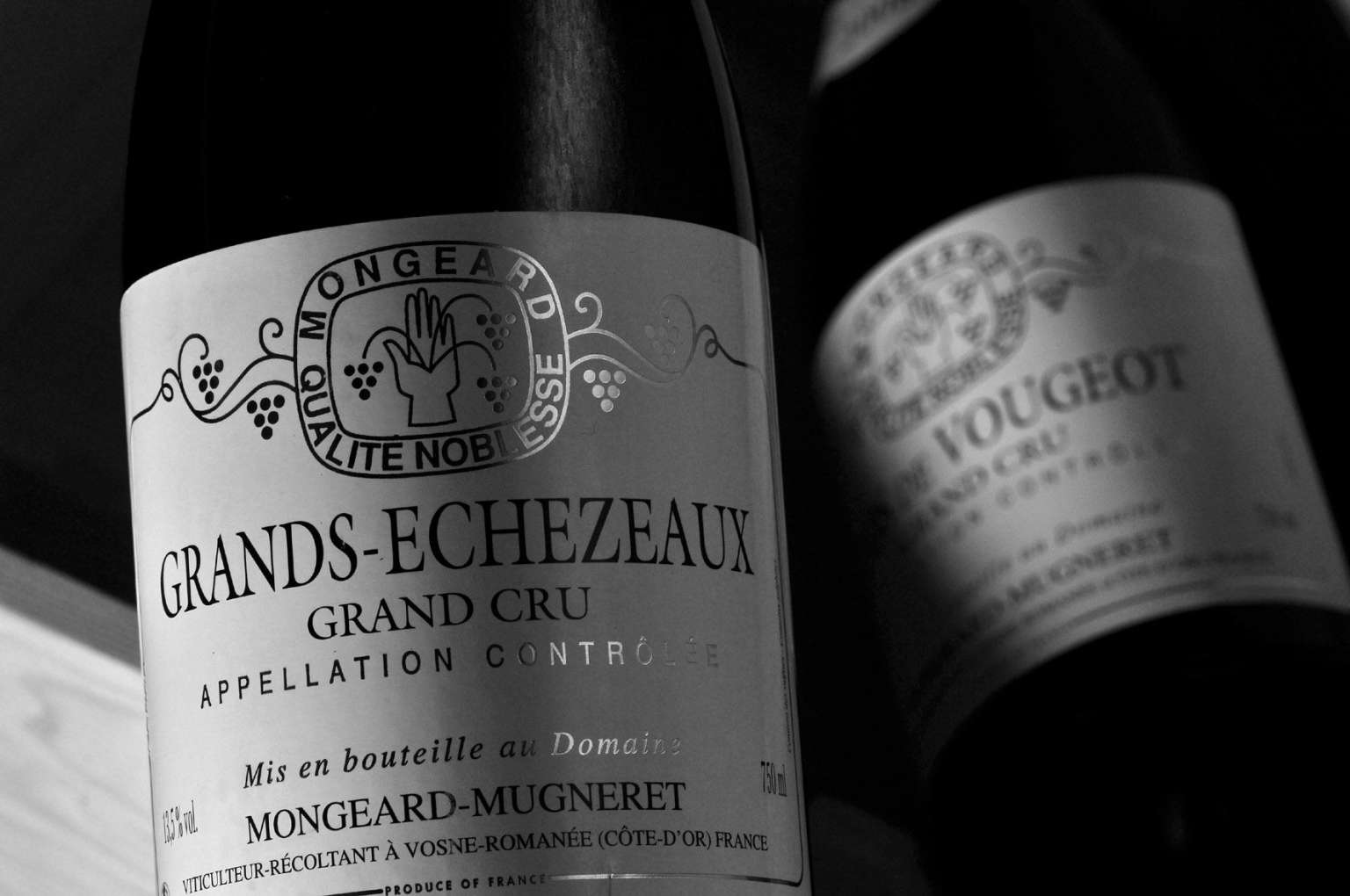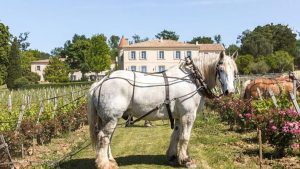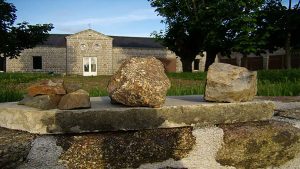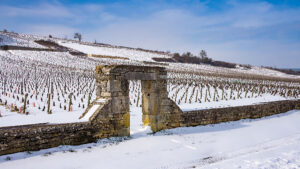 Let’s go to the Côte d’Or, with a focus on Domaine Mongeard-Mugneret located in Vosne-Romanée, between the legendary Château du Clos Vougeot and the small village of Nuits-Saint-Georges. The family has been taking care of the vines for more than eight generations!
Let’s go to the Côte d’Or, with a focus on Domaine Mongeard-Mugneret located in Vosne-Romanée, between the legendary Château du Clos Vougeot and the small village of Nuits-Saint-Georges. The family has been taking care of the vines for more than eight generations!
The story begins in 1620. The reputation of Mongeard-Mugneret is due to its old-age, the finesse of its wines, the subtlety of its terroirs and the extent of its domain. The combination of the vines of Eugène Mongeard and his wife Edmée Mugneret gave birth to an important property of 30 hectares of vines spread over 33 appellations.
Jean, the meticulous
The philosophy of Jean Mongeard-Mugneret, worthy heir of the domain, is to master as much as possible the technical tools to produce the most ideal wine. For example, the instrument to control the temperature of the tanks during fermentation, which must be 30°C, is very important. He proceeds as follows: the wine stays 12 to 15 days in vats until all the sugar has been transformed into alcohol and then decanted. He uses a light and supple pneumatic press to extract tannins without excess. The wines go down in the cellar by gravity and the clear wine finishes in barrel (new or second fill depending on the appellation and the vintage). He uses a mix of oak barrels from Allier and Nièvre, to bring aromas, roundness and smoothness to the wine during aging.
At the vineyard, a careful manual work is carried out along with the seasons. According to tradition, Jean does not start vine training before the 22nd of January, Saint Vincent’s day, vine growers’ celebration. This domain has adopted the traditional Burgundian training system: Guyot. It consists in keeping a stick on which the branches, with fruits, will grow, and the spur which will give the next year’s vines training. He also disbuds to concentrate the harvest and puts space between the grape bunches to ease the sun shining on the fruits. The viticulturist gives the go-ahead for the harvest. It is a precise work, decisive for the quality of the grapes. Then the team removes raw grapes and leaves, if there are too many on the branches: quality before quantity. At that moment, it is possible to estimate the yield to get an idea of the value of the harvest. At the end of the summer, the winemaker starts his part of the job, triggering both happiness and anxiety for him. The domain’s governing principle is to limit yields to 30 hectoliters per hectare for the appellations Grands Crus and 40 hectoliters for the appellations Villages and Premiers Crus. Wisdom and ambition.
The fruit of this wise and ambitious philosophy is distinctive and delicate wines, with superb velvety textures. Try them!
Our selection
Grands Crus:
- Grands Echézeaux, Bettane+Desseauve for vintage 2012: 17/20
- Richebourg, Wine Spectator for vintage 2011: 94/100
- Clos de Vougeot, Jancis Robinson for vintage 2013: 16.5/20
Premiers Crus:
- Vosne-Romanée « En Orveaux », Jancis Robinson for vintage 2013: 16/20
- Vosne-Romanée « Les Petits Monts », Wine Spectator for vintage 2007 84/100
- Vosne-Romanée « Les Suchots », Bettane+Desseauve for vintage 2013 16/20
- Nuits-Saint-Georges « Aux Boudots »
- Vougeot « Les Cras » Jancis Robinson for vintage 2008 16.5/20
- Pernand-Vergelesses « Les Vergelesses », Wine Spectator for vintage 2012 91/100
Villages:
Regional:
- Bourgogne Hautes-Côtes de Nuits « Les Dames Huguettes », Jancis Robinson for vintage 2010 16.5 /20
- Bourgogne “Cuvée Sapidus”
- Bourgogne white
See all wines currently on sale
Register here to access auctions and fixed-price sales
Receive a free estimate of your cellar
Read further on iDealwine Le Blog:



